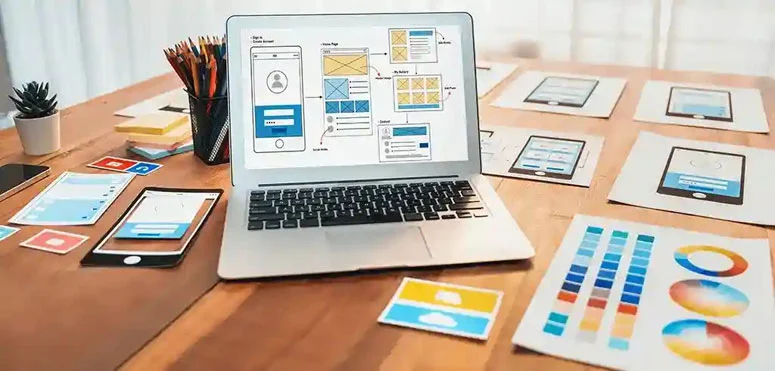
A nonprofit website is an online platform that serves as digital home of your organization–a digital space where you share your mission, interact with your supporters, and communicate the incredible work you’re doing to make the world a so-much-better place.
Websites have become indispensable for nonprofits, if not their most powerful tool for promoting their cause or advocacy. A website designed to be navigated with ease yet aesthetic in form enables your organization to connect with a larger audience and attract robust support for a longer-lasting impact.
Here are our top reasons why you should create, build and maintain your nonprofit website:
Increased online visibility and broader reach – Raise awareness about your cause with people around the globe.
Amplified advocacy and awareness – Possess a louder voice that inspires and mobilizes supporters into collective action through shared powerful stories and meaningful conversations.
Donor engagement and building trust – Cultivate closer relationships and establish deeper trust resulting sustainability of your nonprofit.
Fundraising Opportunities – Showcase the impact of your organization and easily connect with potential donors and grant providers for successful fundraising endeavors.
Volunteer Recruitment – Attract volunteers through testimonials and a streamlined volunteer application process
Now that you know the fundamental Why for building your nonprofit’s website, here is What you need to know before building:
Ready to build your website? But before we get to that, you’ll need some preparation:
- Be clear about your goals and how to project them on the website.
- Totally learn about and know your audience.
- Decide whether to create your website in-house or outsource the job
- Assign a point person to manage your website
- Select the right tool to create your site
Now, you basically have two options on how to create your website:
While both website builders and CMS software are tools used to design and create websites, there are distinct differences between them.
For instance, most website builders are geared towards beginners while CMS is for people with coding background or are web design savvy. Most website builders usually offer web hosting services whereas with CMS, your website needs hosting somewhere else.
TIP!
A note on Open-source: When you have a DIY website, like Wix, you cannot “Take IT With You” and you cannot get or create features that it does not offer. WordPress (professional CMS) differs because you can move your website to different hosting platforms. Also, because software developers around the world develop applications to integrate with WordPress, chances are that someone, if not several applications/features, will be available to meet your need.
Read more about DIY Website Builders and Professional CMS.
A brief word about PLANS:
Companies/contractors offer several types of plans for both new and re-designed websites.
- Design the website, and the company or contractor leave.
- Design the website, and the company or contractor is available on a per hourly basis.
- Design the website, and the company or contractor is on a monthly retainer at a fixed fee for a certain number of hours and a reduced rate above those hours per month.
Today, websites need to be seen as components of a larger whole that includes, at least, SEO and Pay-Per-Click (for nonprofits). The whole could also include social media and backlinks. Website designers, individually, rarely have expertise in all of these areas. The design element is different from the analytical elements of SEO and Pay-Per-Click. That is why we suggest you consider an agency with expertise in these areas.
We strongly believe that the website designer (or another company member) should be skilled in at least SEO.
Remember, a well-designed, streamlined website reflects your organization’s commitment to transparency, accountability, and professionalism–vital factors for attracting moral and financial support.
And if you already have a website and want to know how it stacks up against other nonprofit websites, go to Competitor Analysis or to Site Audit.
Do It Yourself
We’ve given you the essentials in designing your nonprofit website. Here are three more resources that can help you:
- https://www.qgiv.com/blog/nonprofit-website-design/
- https://morweb.org/post/best-nonprofit-websites
- https://www.nptechforgood.com/101-best-practices/10-website-design-best-practices-for-nonprofits/
Professional Reference
Discussing your vision for your nonprofit website with a professional web designer with years of experience is usually the best alternative to learning and doing it yourself. Click Professional Referrals, complete the form, and we will have an experienced professional who charges well below market rates contact you.



